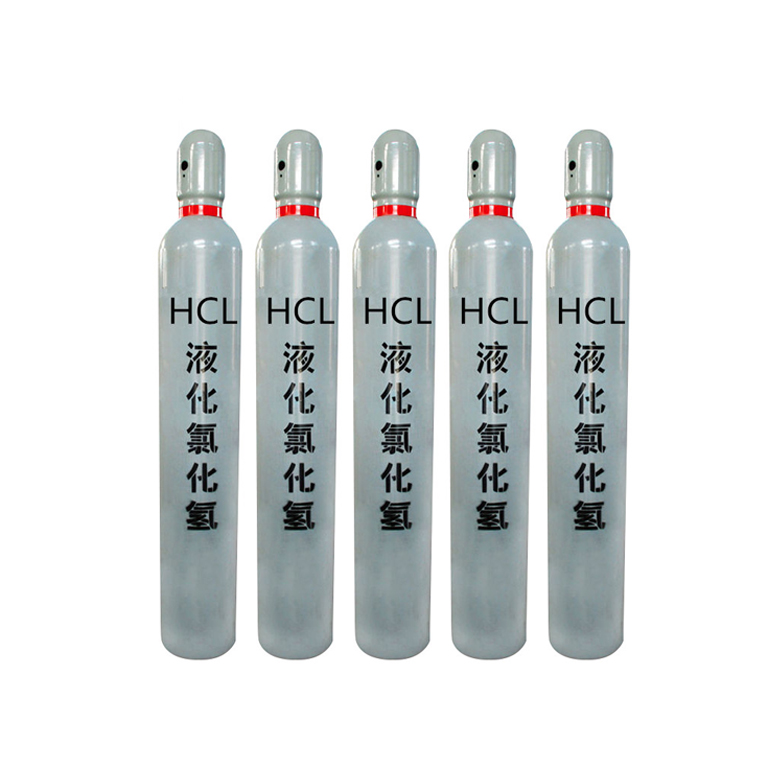What Are Hydrocarbon Refrigerants?
Hydrocarbon (HC) refrigerants are natural, organic compounds like methane (R-50), propane (R-290), isobutane (R-600a), and ethylene (R-1150). They are increasingly favored as eco-friendly alternatives to synthetic refrigerants (e.g., HFCs) due to their near-zero ozone depletion potential (ODP) and low global warming potential (GWP).
HC refrigerants are non-toxic, energy-efficient, and compatible with modern HVAC and refrigeration systems.
Key Hydrocarbon Refrigerants: Definitions & Properties
Below, we break down the most common HC refrigerants, their properties, and applications:
Methane (R-50)

What is methane refrigerant used for?
Definition: Simplest hydrocarbon (CH₄), used in ultra-low-temperature industrial cooling.
Physical Properties:
Boiling Point: -161.5°C (-258.7°F)
Density: 0.717 kg/m³ at 0°C
GWP: ~25 (vs. 3,990 for R-404A)
Applications: LNG plants, cryogenic systems.
Purity: ≥99.95% (industrial grade).
Ethane (R-170)

How does ethane compare to methane?
Definition: C₂H₆, ideal for cascade refrigeration systems.
Physical Properties:
Boiling Point: -88.6°C (-127.5°F)
Density: 1.356 kg/m³ at 0°C
Applications: Petrochemical cooling, ethylene production.
Purity: ≥99.9%, with <0.1% propane impurities.
Propane (R-290)

Why is propane a top choice for commercial refrigeration?
Definition: C₃H₈, widely used in supermarkets and heat pumps.
Physical Properties:
Boiling Point: -42.1°C (-43.8°F)
Flammability: Class A3 (low toxicity, high flammability).
GWP: 3 (negligible environmental impact).
Applications: Retail coolers, residential AC units.
Purity: ≥99.99% (high-purity grade).
Isobutane (R-600a)

What makes isobutane ideal for household refrigerators?
Definition: C₄H₁₀ isomer, known for energy efficiency.
Physical Properties:
Boiling Point: -11.7°C (10.9°F)
Density: 2.51 kg/m³ at 0°C
Applications: Domestic refrigerators, portable ACs.
Purity: ≥99.95%, moisture <10 ppm.
Ethylene (R-1150) & Propylene (R-1270)

How do ethylene and propylene differ from other HCs?
Ethylene (C₂H₄):
Boiling Point: -103.7°C (-154.7°F)
Used in petrochemical chilling and ripening inhibition.
Propylene (C₃H₆):
Boiling Point: -47.7°C (-53.9°F)
Common in industrial heat transfer systems.
What purity grades do you offer for HC refrigerants?
We supply hydrocarbon refrigerants in compliance with ASHRAE and ISO standards:
Standard Grade: 99.9% purity (for industrial use).
High Purity: 99.99% (for precision cooling systems).
Ultra-Pure: 99.999% (research and semiconductor applications).
Key Parameters:
Impurities: <50 ppm moisture, <100 ppm non-condensable gases.
Packaging: 10kg to 1,000kg cylinders, ISO tanks, or custom bulk deliveries.
How should hydrocarbon refrigerants be stored safely?
Ventilation: Store in well-ventilated, fireproof areas away from ignition sources.
Cylinder Integrity: Use ASME/DOT-certified containers with pressure relief valves.
Temperature Control: Avoid exposure to temperatures >50°C (122°F).
Leak Detection: Install gas sensors for flammable vapor monitoring.
Safety Note: HC refrigerants are flammable (Class A2/A3). Follow NFPA 704 and ATEX guidelines for handling.
What regulations apply to HC refrigerant transport?
UN Codes:
Propane: UN 1978
Isobutane: UN 1969
Ethylene: UN 1962
Labeling: Flammable gas (Class 2.1), hazard diamond labels.
Documentation: SDS, shipping permits, and compliance with ADR/RID/IATA.
We specialize in secure, temperature-controlled logistics for global delivery.
Where are hydrocarbon refrigerants used?
Commercial Refrigeration: Supermarkets, cold storage (R-290, R-600a).

HVAC Systems: Energy-efficient heat pumps (R-1270, R-290).
Industrial Cooling: Petrochemical plants (ethane, ethylene).
Electronics Manufacturing: Ultra-pure methane for semiconductor cleanrooms.
Why Choose Us?
Sustainability Focus: Zero ODP, low-GWP refrigerants aligned with EU F-Gas regulations.
Custom Solutions: Blends, purities, and packaging tailored to your needs.
Safety Guarantee: Rigorous leak-testing and fire suppression-compatible
Chat Online







